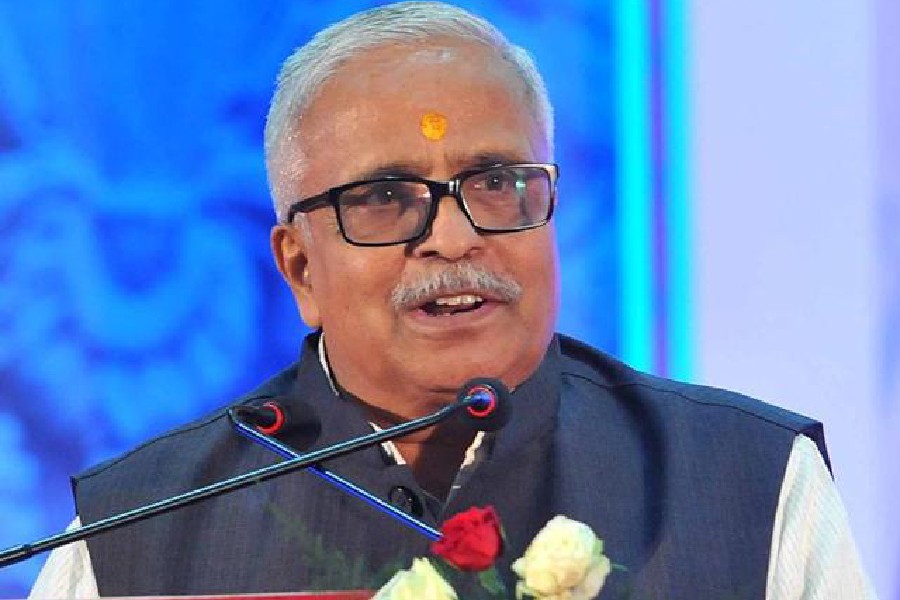With India becoming the world’s most populous nation, a top UN expert said the big focus for the country now would be quick and effective investments in education, job creation and gender equality that will yield demographic dividend and enable its large population to boost economic growth.
According to the United Nations Population Fund's latest data, India has surpassed China to become the world's most populous nation with 142.86 crore people.
“I think the big story for India is how they will effectively and quickly invest in what's required to gain a demographic dividend,” UNFPA lead demographer Rachel Snow said Wednesday as she briefed reporters here on the agency’s State of the World Population report.
The report said that for India the population doubling time was 75 years. It said that 25 per cent of India’s population is aged 0-14, 18 per cent is in the 10-19 year bracket, 26 per cent is in the 10-24 age group, 68 per cent in the 15-64 age group and 7 per cent is aged 65 and older.
Snow added that in India, there is this “big bulge of young people” entering reproductive years, which means fertility will keep growing, as well as the age of life for working. She cited the example of the Asian Tiger countries - Hong Kong, Singapore, South Korea, and Taiwan and said these nations experienced “extraordinary economic growth” due to major investments in health, education and well-being of their cohort of young people who were then able to boost the economy.
“So the question in front of India is now that you're in… that window of the possibility, will India be able to mobilise the necessary investments in education, job creation, gender equality so that there will be an opportunity for that large population to indeed yield a dividend for the economy.” According to the report, the total fertility rate per woman in India is 2 and life expectancy at birth for men is 71 years while for women it is 74 years. The total fertility rate, per woman, is defined as the number of children who would be born per woman if she lived to the end of her childbearing years and bore children at each age in accordance with prevailing age-specific fertility rates.
In response to another question on the trajectory of India’s population over the next decade, Snow said “the point with India that's so interesting” is that there are so many people in the informal labour market and educational standards are highly uneven. "If you go north to south, south to north in India, we see tremendous diversity within such a large country without question.” Snow said that the continued trajectory for India is that the current cohorts that are entering reproductive life will continue to boost overall fertility in the country.
However, given that total fertility in India is now below 2.1, she noted that “we can start to anticipate the decline, the plateauing of the Indian population as well,” adding that “the point that's similar here is that both India and China are ageing.
“And both are at different stages in this trajectory in projection. China being further ahead, as in being an older country, but the challenges of preparing for population ageing are everything about demographic resilience, knowing the projections, being confident about the plans and beginning to reexamine social policies, including pension policies to provide,” she said.
Except for the headline, this story has not been edited by The Telegraph Online staff and has been published from a syndicated feed.











